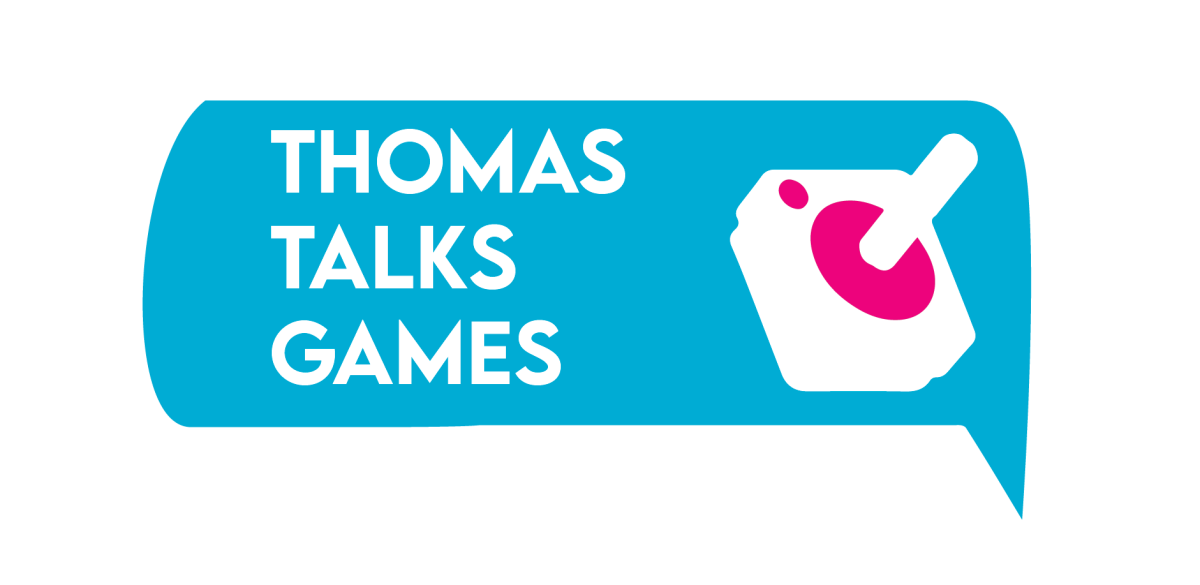Square Enix’s “Final Fantasy VII Rebirth,” the middle part of what will eventually become the Final Fantasy 7 Remake trilogy, has stood in an awkward position since the ending of 2020’s “Final Fantasy VII Remake.”
“Remake” stayed relatively close to the opening of the original “Final Fantasy VII,” yet its ending left room for something entirely different in its sequel, touting the line “The Unknown Journey will continue.” When players complete Rebirth’s 100-hour-long campaign, they will be met with an exciting and intriguing story, despite a few confusing elements, and gameplay that is equal parts thrilling and annoying.
Unlike “Remake,” which was a relatively linear experience that told an abridged version of the original “Final Fantasy VII’s” opening Midgar section, “Rebirth” covers a much wider scope, and thus opts for a semi-open world approach to its gameplay loop, an approach that works incredibly well aside from a few unfortunately consistent annoyances.
Between major story events, players have the opportunity to explore the many different regions that Rebirth’s planet has to offer, with unique combat encounters, side quests and people to engage as the player sees fit. If one player wants to complete every objective present on the map before completing the story, or if another wants to speed through the story while ignoring any optional content, both play styles are valid — though the second player may be under-leveled during certain story segments.
As for the first player though, while they will likely enjoy the boatload of optional content present throughout Rebirth, they will unfortunately be accompanied by two helpers: Chadley, a returning character from Remake, and MAI, a new character introduced in Rebirth.
While their dynamic can be charming in short bursts, they will proceed to assert themselves into every little thing Cloud Strife and the gang do while out in the world. If one wants to fight some new enemies, MAI is going to have a few words to say before, during and after the fight. If one wants to explore and find some lifesprings and divine temples, the DualSense 5 controller is already rumbling from Chadley trying to contact Cloud about the cave he literally just found. These two assistants are easily the most annoying part of the game, and an option in the settings to remove them entirely would be a welcome addition.
Yet it is in this abundant side content that Rebirth truly shines, with some of its funniest, most creative and most emotional beats being part of these one-off stories within the world of “Final Fantasy VII.” Unfortunately for the overarching story of “Rebirth,” however, the emphasis on side content completely kills any sense of narrative momentum present throughout the game. At the same time, the story also attempts to steer the player away from doing specific side content at certain times, almost as if the two are in a tug-of-war match and the player is the rope.
For example, the latter half of the Corel region, the game’s third main open map, contains a desert area with a regional quest that has four distinct parts. The first two portions of this quest can be completed upon the first visit to this desert at the end of chapter eight and beginning of chapter nine. Yet, the final two portions are not available until after completing chapter 12, which for some players will take an additional 40-50 hours of gameplay. On the opposite end, after the ending of chapter 9, the party gets over the issues presented by the ending of that chapter within five minutes, then proceeds to the next area where the story moves in a completely different direction, completely killing all narrative tension in that moment.
Additionally, a large portion of the main game is taken up by over 20 minigames present throughout Rebirth’s run time, which range from great to awful.
On one end of the spectrum, there’s “Queen’s Blood,” Rebirth’s iteration of the “Final Fantasy” series staple card game in each entry, which is both fun and strategic once the player properly understands how it works.
On the opposite end are the numerous Chocobo minigames, including “Hustle de Chocobo” and “Glide de Chocobo,” both of which are terrible in terms of controls, content and rewards. At the very least, the minigames in the Gold Saucer, an area of the game dedicated to minigames, are all relatively high quality, including the Chocobo races which are the only good version of Chocobo minigames throughout Rebirth.
Returning to Rebirth’s story, throughout most of its duration it stays relatively close to the original “Final Fantasy VII,” despite what Remake’s ending would have led the player to believe. It also introduces several elements that differ from the original that don’t go anywhere in this game. Most of those new elements will likely receive more elaboration in the final game of the “Final Fantasy VII Remake” trilogy, but as of right now, they add nothing but needless confusion to a story that didn’t need it in the first place.
Yet despite the many problems present within “Final Fantasy VII Rebirth,” there is one aspect of the game that makes it worth sticking through the 100-hour campaign: the simple fact that the game is fun. Every slash of Cloud’s sword, every switch between melee and ranged combat with Yuffie, every card placed in Queen’s Blood, all of these and more are so satisfying and fun that even when faced with the minor and major annoyances present throughout the game, those 100 hours are still satisfying by the end of the journey. While many players will be cautiously optimistic for the final game in the remake trilogy, they will simply have to wait and see how the unknown journey will continue.


